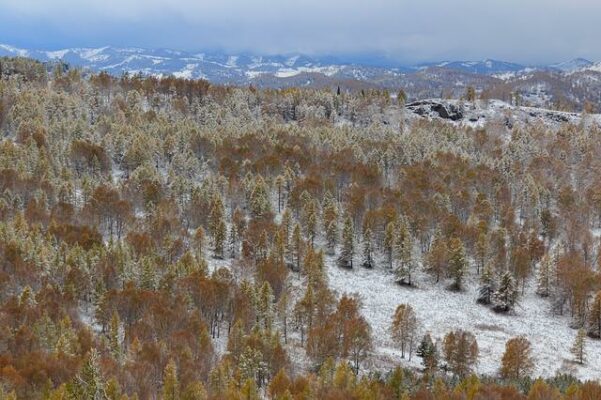A new study in Costa Rica reveals that restoring relatively narrow strips of riverfront forests could substantially improve regional water quality and carbon storage. The analysis, shows that such buffers tend to be most beneficial in steep, erosion-prone, and intensively fertilized…
Read More










